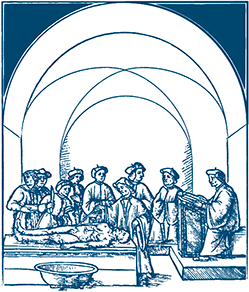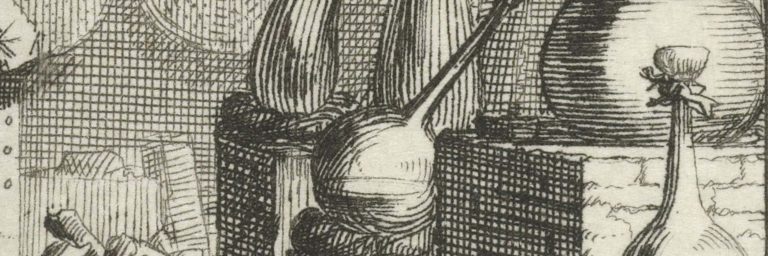Kenelm Digby’s Chymical Aristotle
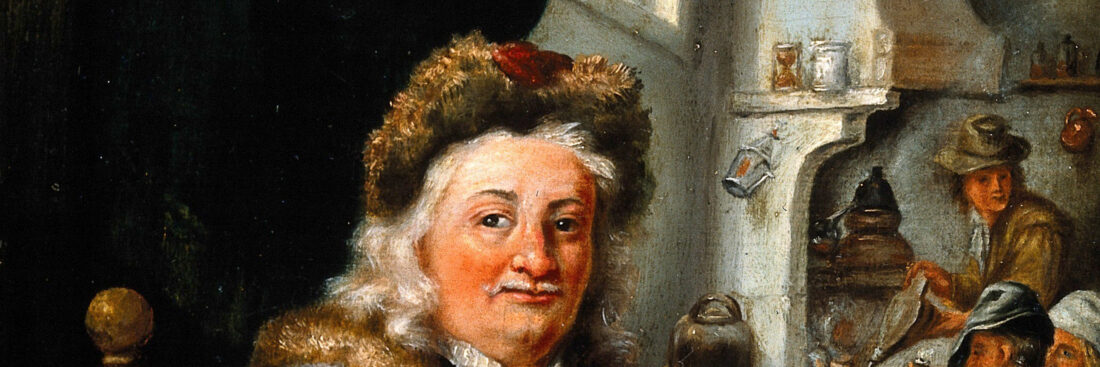
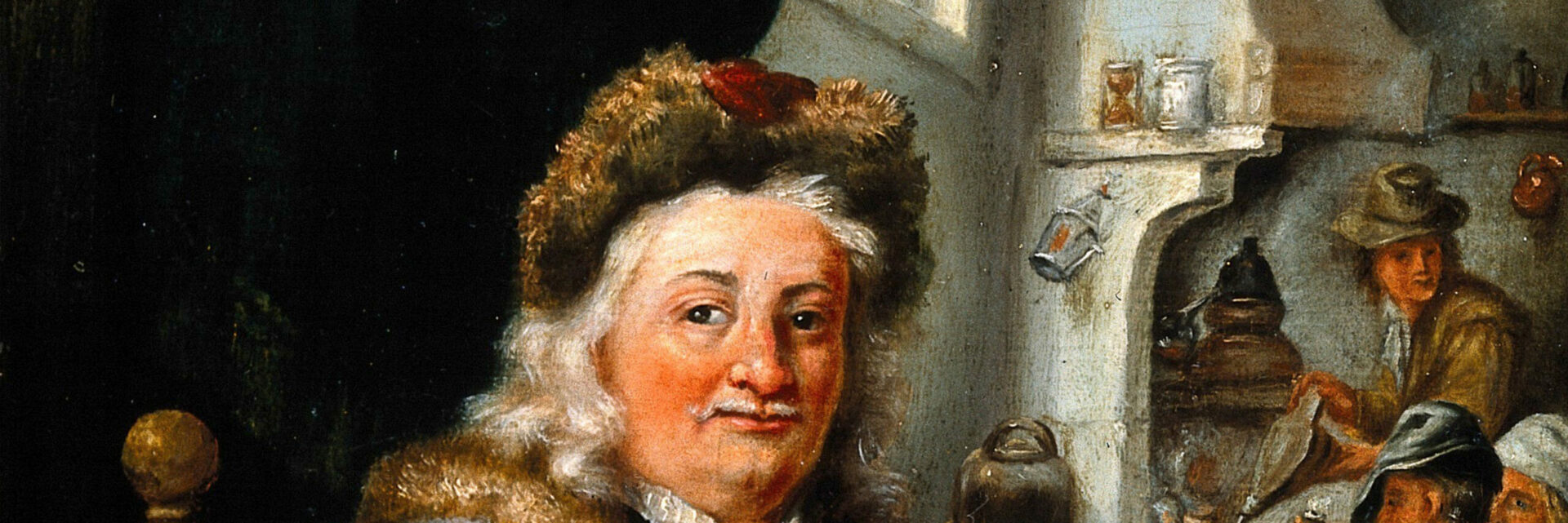
FORMA FLUENS
Histories of the Microcosm
Kenelm Digby's Chymical Aristotle
Atoms, Mixtures and Effluvia
Justin Begley
University of Oxford
Santorio Fellow
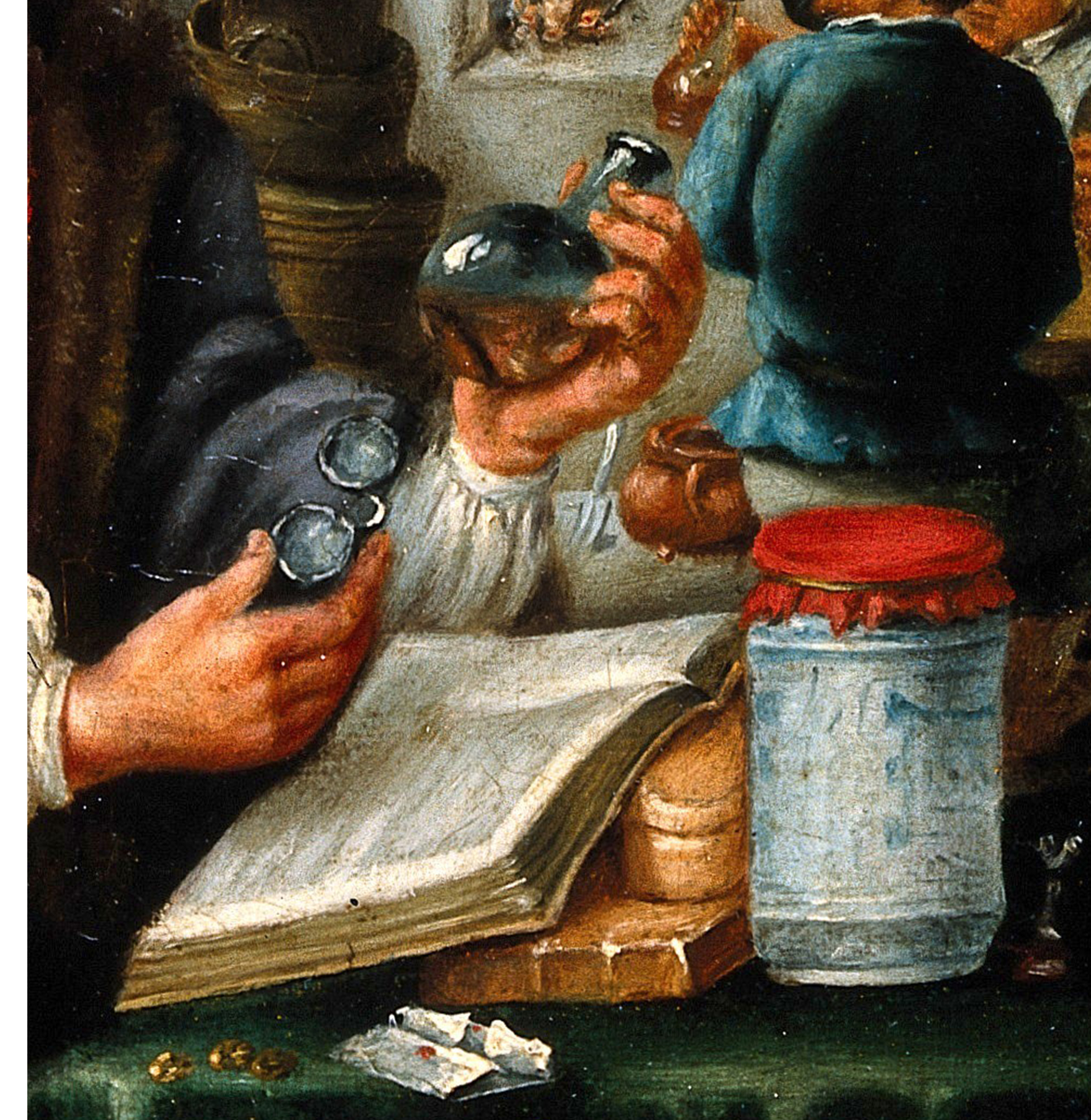
The paper that I presented at the Humours, Mixtures, and Corpuscles conference focuses on an English natural philosopher, Kenelm Digby, and his atomic interpretation of Aristotle. It demonstrates that Digby’s idiosyncratic engagement with the chymical and Aristotelian traditions led him to develop the innovative concept of effluvia that underpinned his influential “powder of sympathy”.
In the seventeenth-century medical tradition out of which Digby’s thought evolved, most learned physicians held that it was more efficacious to compound simples than to use them as stand-alone cures. With their skills, erudition, and experience, physicians were to select the best medical insights from the storehouse of past knowledge to create their compounds.[1] Galenic physicians tended to hold that the process of mixing resulted in substances that differed substantially from any of their constituent parts.[2] This was entangled with the substance theory of minima naturalia. Accounting for the “minima” in its name, the standard explanation—grounded in chapter 10 of Aristotle’s De generatione et corruptione—was that a minimum amount of each element was needed for manifest qualities to remain what they were.[3] Meanwhile, due to the material continuum, each minima depends on the whole substance for its identity and existence.[4] In reaction to Galen and Aristotle, Jan Baptist van Helmont and his followers returned to simples. Denying that compounding yielded substantially new cures, they instead argued that the vagaries of time had led to misguided faith in remedies that consisted of weakened ingredients.
This chymical insight is suited to the atomic hypothesis. Indeed, insofar as ancient atomists supposed that bodies were the conglomerations of discrete particles, Aristotle held that so-called atomic “mixtures” were heaps of unintegrated particulars. Digby deviated from this standard understanding of Aristotle, however, when he averred in his 1644 Two Treatises that Aristotle’s “bookes of Generation and Corruption” teach “that mixtion (which he delivereth to be the generation or making of a mixt body) is done per minima; that is in our language and in one word, by atomes”.[5]
Not only did Digby claim that this was evident in De generatione, but he then appealed to Aristotle’s Meteorologia, his Parva Naturalia, and the apocryphal Problemata. To supplement these, he summoned Hippocrates, Galen, and the “Alchymists, with their Master Geber”.[6] While Digby conceived of himself as reviving the “true” Aristotle—and thus appealed to primary sources—the last reference shows his hand. Rather than simply re-reading Aristotle, Digby relied on an established chymical interpretation.[7] He was especially indebted to pseudo-Geber’s Summa perfectionis, in which it is argued that an Aristotelian homoeomerous substance is one where juxtaposed particles retain their own identity but are united with sufficient cohesion that they resist the alchemist’s apparatuses.[8]
Read in the light of Digby’s atomic Aristotle, the account of action at a distance in his 1658 A Late Discourse … Touching the Cure of Wounds by the Powder of Sympathy takes on new significance. While Digby has long been understood as a late Aristotelian, his notion of sympathy has usually been shaped as a break with Aristotle.[9] There is good reason for this. In Aristotelian-Scholastic thought, phenomena that attracted at a distance such as a loadstone and iron were commonly conceived of as inexplicable because they were insensible. According to the standard narrative, it was Paracelsus (the putative inventor of the weapon salve) who first sought to explain occult qualities with his spiritual or astral accounts of sympathetic relations. Yet, rather than embracing Paracelsus at the expense of Aristotle, Digby argued that the libri naturales had always harboured an explanation of occult phenomena.

Justin Begley graduated with a DPhil from the University of Oxford in 2017, and he is currently a Postdoctoral Researcher in the Humanities Division at the University of Helsinki. He has also held short-term fellowships at the Folger Shakespeare Library in Washington, DC and at the University of Bucharest. Currently, Justin is turning his dissertation, titled “Margaret Cavendish, The Last Natural Philosopher” into a monograph, and he has published articles in journals such as Intellectual History Review and The Seventeenth Century. As an early modern intellectual historian, he has special interests in the history of substance theories, the reception of Aristotelian thought, and how ideas about plants and animals changed over time.
With reference to Aristotle, he stated “That in every part of our habitable world; all the foure Elements, are found pure in small atomes”.[10] That is, Digby continued to adhere to the notion that minima were the basic constituents of the elements that composed bodies. But he thought of minima as individualised atoms of varied shapes and densities. Rather than appealing to substantial changes on the material continuum, Digby held that elements consist of a critical mass of similarly shaped atoms. In particular, he maintained that heat is the property of the narrow and rare bodies that compose fire. For this reason, Digby insisted that the subtle parts of his powder would latch onto cold air—based on the Aristotelian principle of elemental opposites—and travel towards the warm blood of the wounded individual.
Digby transferred from a wet weapon salve to a dry powder of sympathy because he realised that it was far easier to conceive of corpuscles of powder (that resemble atoms) fastening to blood and travelling through the air than it was to imagine a heavy liquid involved in the same process. Since atoms are unobservable but the atomic hypothesis was supposed to best account for sensible reality, such imaginative plausibility was of vital importance. Appealing to sensation, Digby offered several cases in which his powder was more efficacious when it was applied at a distance rather than placed directly on the wound. According to Digby, this is because only the most volatile of the powdered vitriol would undertake the trip.
More than for practical purposes, however, Digby was seeking to square action at a distance with his version of the atomic hypothesis by the time that he published A Late Discourse. In his earlier pharmacological discussions, Digby advocated powdered recipes with an eye to circumventing Galenic ideas about mixture, in hopes of establishing the safety and efficacy of his own cures. Yet, in his later and more philosophically rigorous publications, his powder played a substantial role in his endeavour to square Aristotle with the philosophical trends of his day. In this sense, Digby took a medical path to a corpuscular theory of effluvia that could materially account for the hitherto inexplicable phenomena of sympathy.
